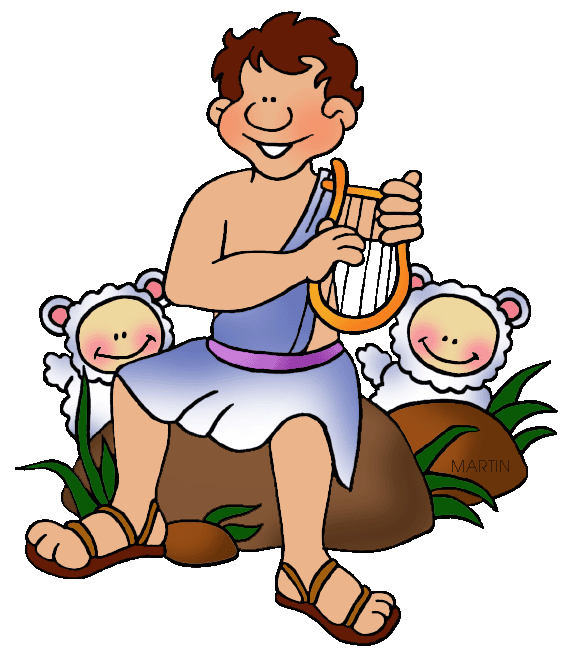No, I’m not showing the Julie Andrews classic! I’m simply referring to the fact that my session for this evening will include a return to the use of music as a key feature. I’ve done a lot with video this year so I thought it would be a good idea to do something more auditory.
 For tonight’s session, I’m going to focus on the Psalms. Due to a quirk in the calendar, this is really the last time I will get to teach about the Old Testament this year! Between now and Easter, the kids have 2 holidays (Presidents’ Day and public school spring break), 3 sessions during which they will be preparing to demonstrate a Seder meal for their parents and other grades, a Lenten Reconciliation prayer service, attending the Living Stations, and then, Easter Monday off!
For tonight’s session, I’m going to focus on the Psalms. Due to a quirk in the calendar, this is really the last time I will get to teach about the Old Testament this year! Between now and Easter, the kids have 2 holidays (Presidents’ Day and public school spring break), 3 sessions during which they will be preparing to demonstrate a Seder meal for their parents and other grades, a Lenten Reconciliation prayer service, attending the Living Stations, and then, Easter Monday off!
Here’s my plan:
Session 18 – The Psalms
Big Idea: The Psalms – We can talk to God in any circumstances
Preliminaries (10 mins)
- Kids write their prayer intentions as they arrive.
- Opening procession and ritual prayer.
Engage (15 mins)
- Distribute the handout showing different facial expressions representing different emotions. (I copied and pasted the images and blocked out the words describing the emotions shown)
- Invite the young people to write a word or words underneath each picture describing what emotion/feeling they think is being portrayed.
- Then invite them to circle the face that best captures how they feel today.
- Go around and ask for volunteers to share what words they wrote for each picture.
- Finally, invite the young people to share which picture/emotion they chose to represent how they feel today – tell them they can share with NO QUESTIONS ASKED!
- Explain that today we are going to learn about a section of the Bible – the Psalms – that tells us that we can speak to God no matter what our feelings are.
Explore (35 mins)
- Distribute handout (Psalms and Emotions Chart Handout) that introduces 12 different emotions/feeling/themes of the Psalms.
- Describe the 12 types of emotions that we are going to explore in the Psalms (listed in the right hand column of the handout)
- Draw their attention to the 12 well-known songs listed in the boxes on the handout. Play a minute of each song (I created a CD) and ask them to listen to the lyrics and to guess which emotion it best represents. Here is the answer key (be flexible…arguments can be made about many of the “correct” answers…tell them you’re going for the “best” answer for each)
- Next, have the young people work independently, using their Bibles, to look up each Psalm listed at the bottom of the handout and to “assign” it to the song/emotion it best represents. As they do this work, play CD of Psalms for the ChurchYear.
- When they are finished, go over each Psalm, inviting volunteers to read them aloud and ask for their answers for which song/emotion it best connects to (see above for the answer key and advice on going for the “best answer.”)
- Encourage the young people to look to the Psalms to pray from within any emotion they are experiencing.
Reflect (10 mins)
- Invite the young people to write their own “psalm.”
- Distribute the handout “Write Your Own Psalm” and go over it with the young people. (Special thanks to my colleage Vinita Hampton Wright and to the Web site Eagle Flight for their inspiration for this handout)
- Send them to their “sacred space” and have them compose their own psalm as you once again play the CD of Psalms for the Church Year quietly in the background.
Respond (5 minutes)
- Encourage the young people to take their psalms home and to pray it as needed and to “compose” other psalms for other occasions.
- Closing prayer and young people bless themselves as they leave.
[free clip art courtesy of Phillip Martin]



Thanks, Joe. I posted this to my catechists’ Facebook group.
You encourage an auditory experience for those of us who learn best that way;
You model a doable lesson plan;
You encourage personal prayer.
Frank
Thanks, Frank!
This is just brilliant! You are so lucky, Joe, to be able to dedicate time to
the OT. I will pray for the grace to somehow maneuver the 8th grade syllabus to make room for this lesson with my students.
Question: your students did not find the emotions poster of faces to be babyish?
Another question: How long is your actual instructional period?